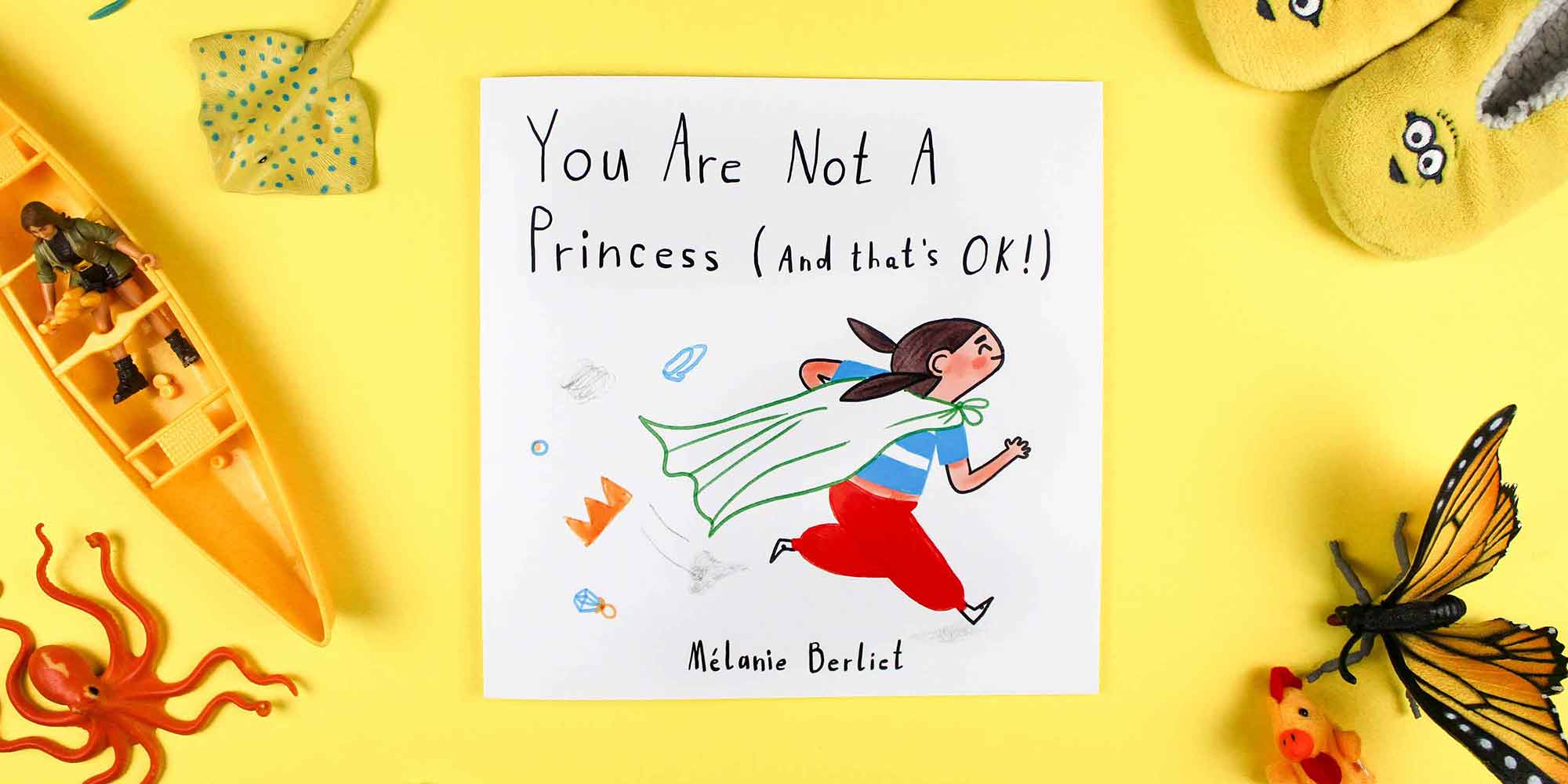
So you're excited to work on your new embroidery project but don't know where to start for professional results? To achieve the best outcome in your embroidery project, it's important to choose the right materials and threads. I have some important tips and considerations to help you make informed choices. Selecting a material sometimes comes down to deciding which techniques you want to employ and which materials are a good fit.
Right Materials and Threads for Your Machine Embroidery Projects
Fabrics:
The first step in choosing materials for machine embroidery is selecting the right fabric. Consider the weight, texture, and stability of the fabric. Lighter fabrics like cotton, linen, and silk are great for delicate designs, while heavier fabrics like denim and canvas can handle more substantial embroidery. Stabilizing the fabric with interfacing or stabilizers can also improve the quality of your embroidery.
Every cloth offers a unique set of advantages. For instance, surface stitching works best with tightly woven even weave, but drawn thread, pulled thread, and counted thread techniques work best with loosely woven even weave. Cross-stitches like Aida, and hardanger works well for cutwork, black work, and counted thread.
Threads:
Choosing the right threads is crucial for achieving beautiful and long-lasting machine embroidery. Here are some factors to consider:
Thread Type:
Polyester and rayon threads are popular choices for machine embroidery due to their sheen, durability, and wide color range. Metallic threads can add a touch of glamor to your designs. Cotton threads are also suitable for certain projects, especially if you prefer a more matte finish. Check out my detailed explanation of the types of threads here.
Thread Weight:
Thread weight refers to the thickness of the thread. Thicker threads have higher weight numbers, while thinner threads have lower weight numbers. For most machine embroidery projects, a 40-weight thread is commonly used. However, you can experiment with different weights to achieve different effects.
Color Selection:
When it comes to color selection, the possibilities are endless! Consider the color scheme of your design and choose threads that complement or contrast with the fabric. Don't be afraid to mix and match colors to create depth and visual interest in your embroidery.
Needles:
Using the right needles is essential for smooth and precise machine embroidery. Embroidery needles are specially designed with a larger eye and a sharp point to accommodate the thread and penetrate the fabric easily. The size of the needle will depend on the weight of the fabric and the thickness of the thread. Be sure to change your needles regularly to avoid dullness and prevent skipped stitches.
Bobbins:
Don't forget about the bobbins! Using the correct bobbin thread is important for achieving balanced and even stitches. Most embroidery machines recommend using the same type of thread in the bobbin as you're using in the needle. This helps ensure that the top and bottom threads blend seamlessly. Make sure to wind the bobbin evenly and adjust the tension if needed.
Personalization and Techniques:
To elevate your embroidery style, consider adding little but remarkable personalization and unique techniques. Monograms, initials, or custom designs can add a touch of sophistication to your projects. Experiment with different stitch types like satin stitch, fill stitch, or even raised embroidery for added texture and dimension. I have covered some great tips and tricks for personalization in embroidery projects here, check those out.
Testing and Practice:
Before diving into your main project, it's always a good idea to test your materials and threads on a scrap piece of fabric. This allows you to check the tension, stitch quality, and color compatibility. It's also a great opportunity to practice different techniques and experiment with thread combinations.
Conclusion:
Choosing the right materials and threads for your machine embroidery projects is a crucial step in achieving beautiful and professional results. By considering factors such as fabric type, thread selection, needle choice, bobbin thread, and personalization techniques, you can create stunning embroidered pieces that reflect your style and elevate your projects to the next level.
If you have any more questions or need further assistance, feel free to ask experts around you.
Edible Easter Slime
Mauris congue venenatis nisl ut varius. In posuere sem lorem, eu iaculis ante. Quisque eget turpis
Creative Back To School Ideas
Mauris congue venenatis nisl ut varius. In posuere sem lorem, eu iaculis ante. Quisque eget turpis
Exclusive Content
Be Part of Our Exclusive Community
Sed finibus, sem elementum tincidunt tempor, ipsum nisi ullamcorper magna, vel dignissim eros sapien at sem. Aliquam interdum, ante eget sagittis fermentum, mauris metus luctus sem, at molestie.
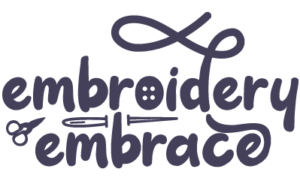
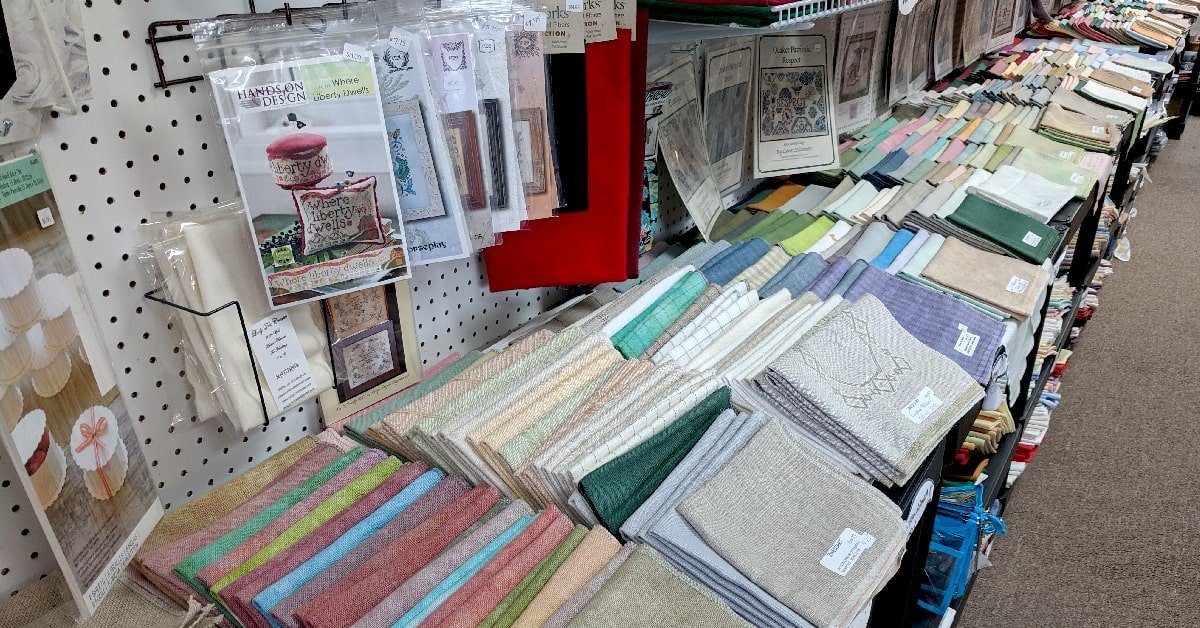
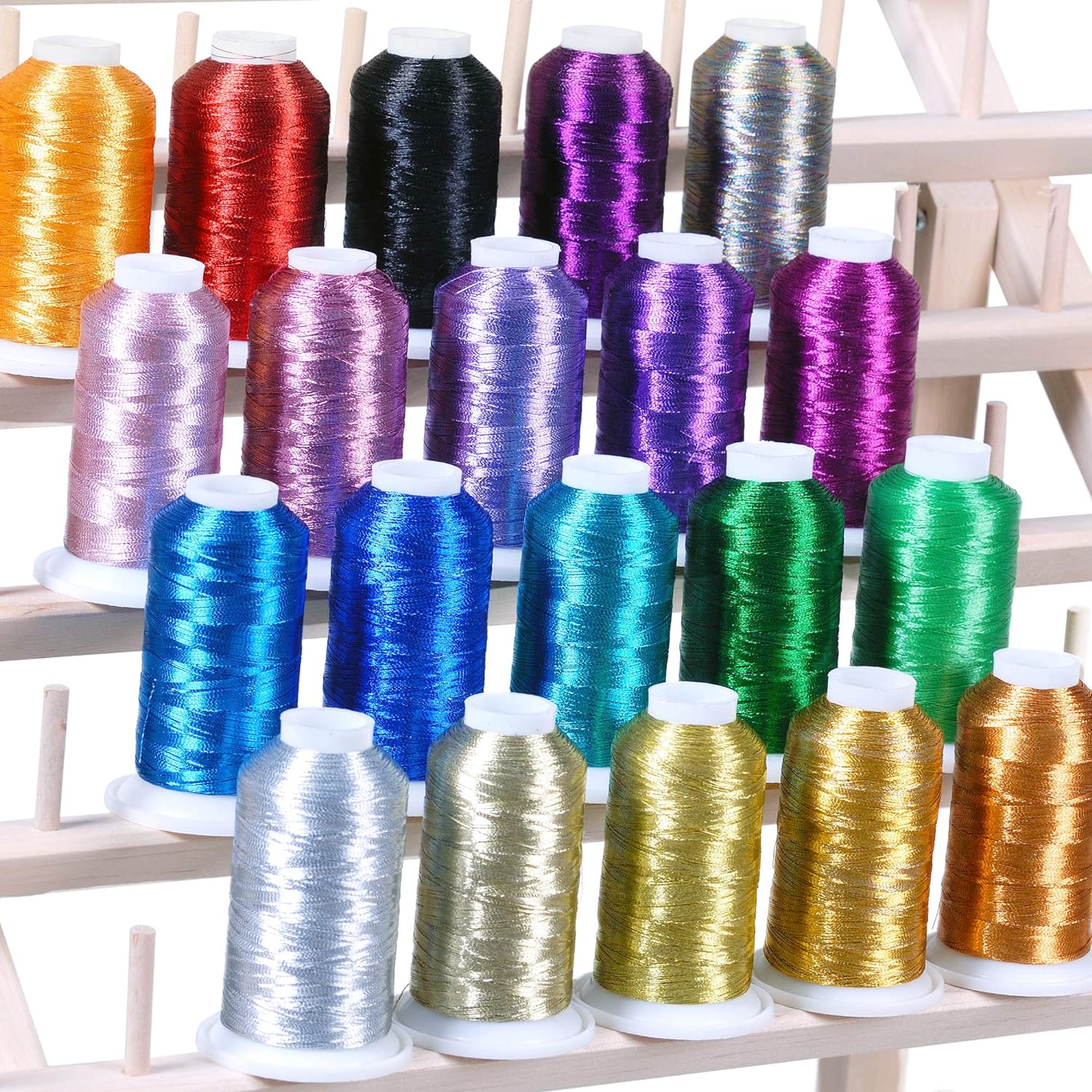
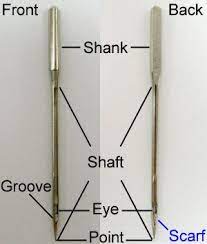
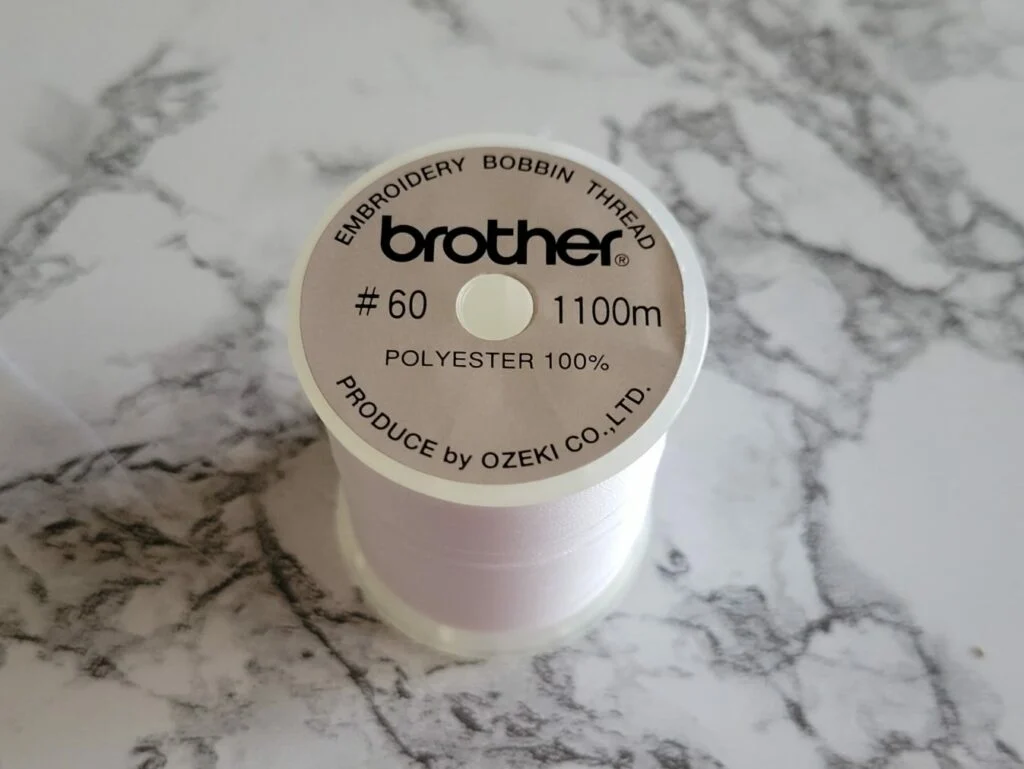
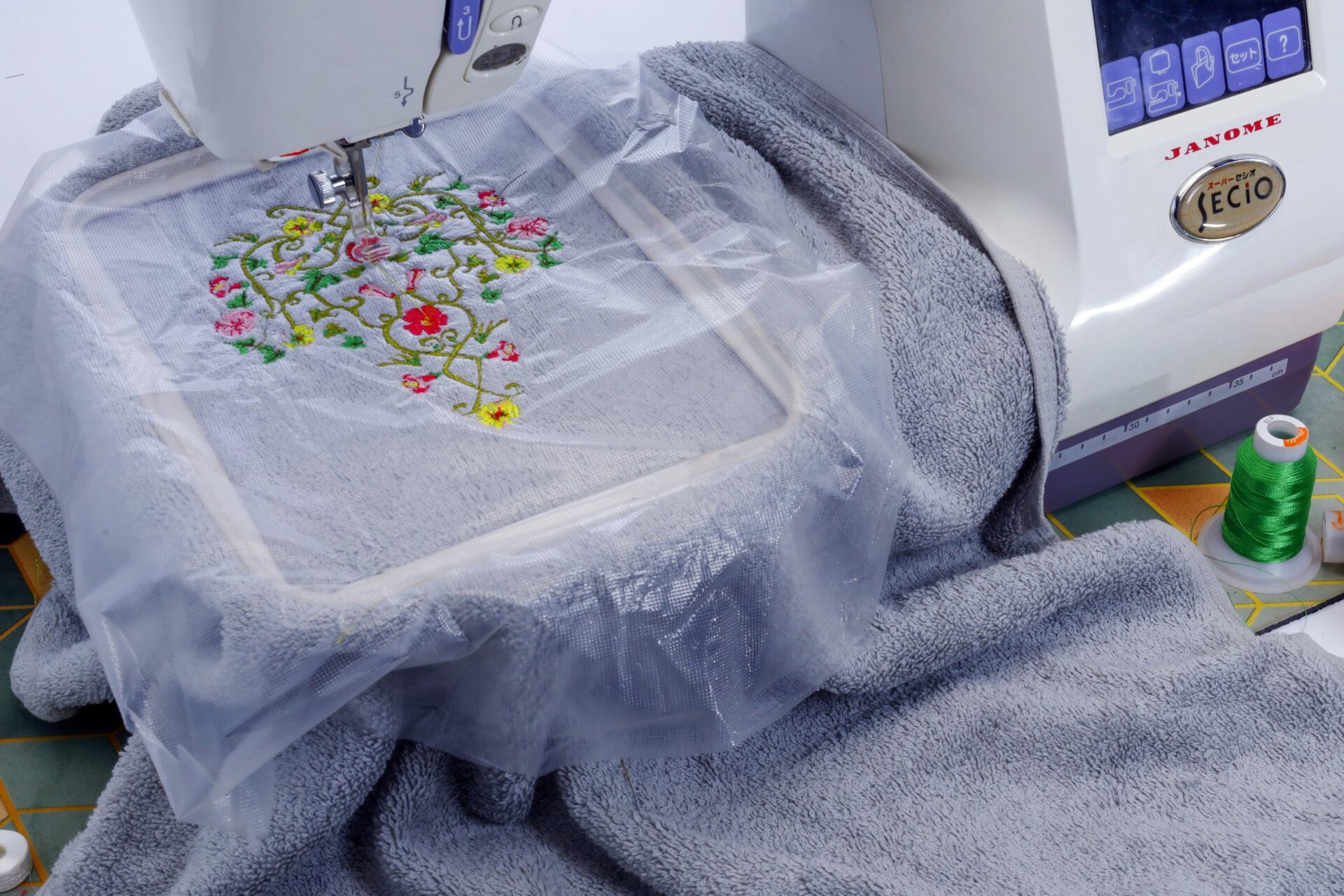
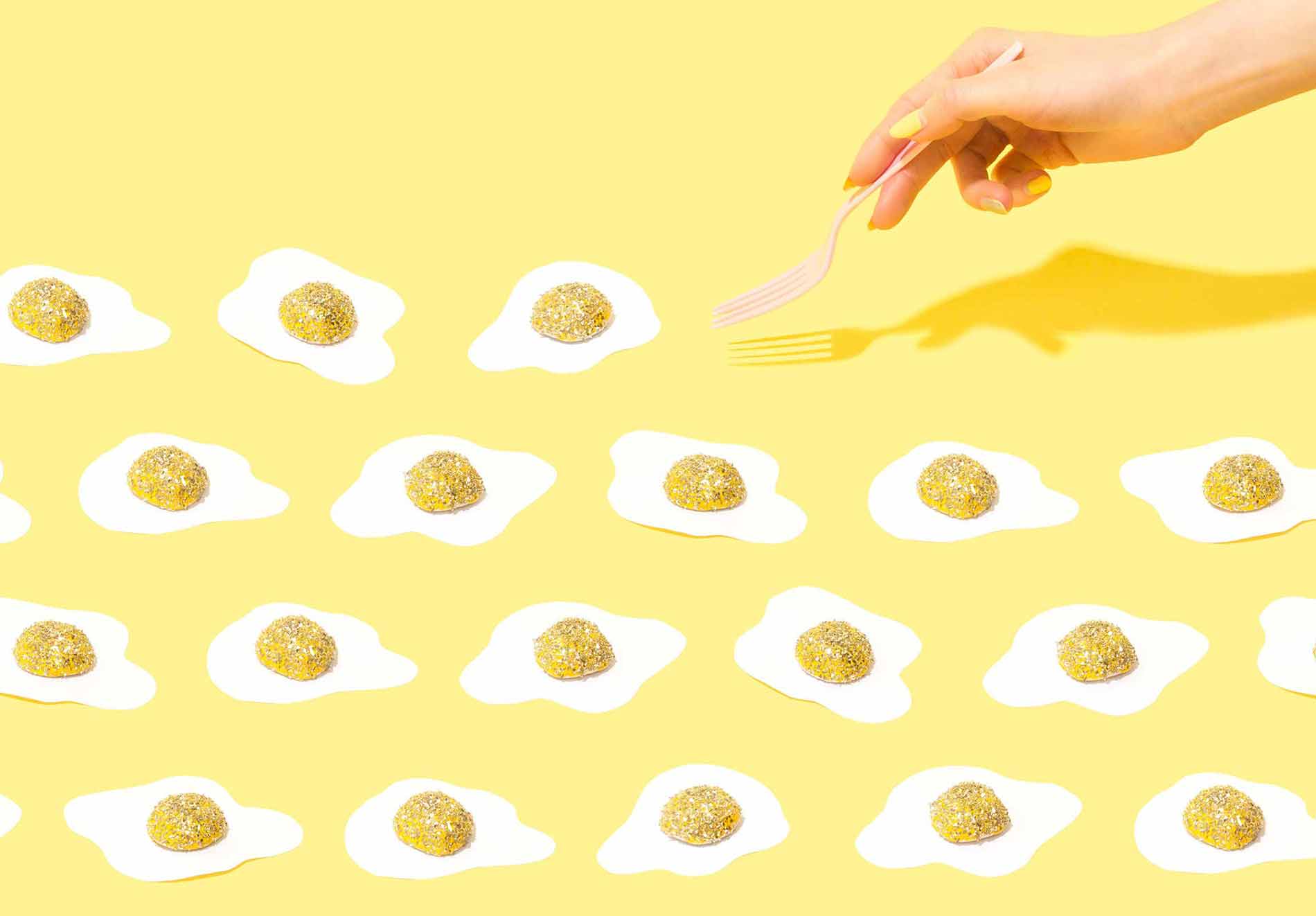
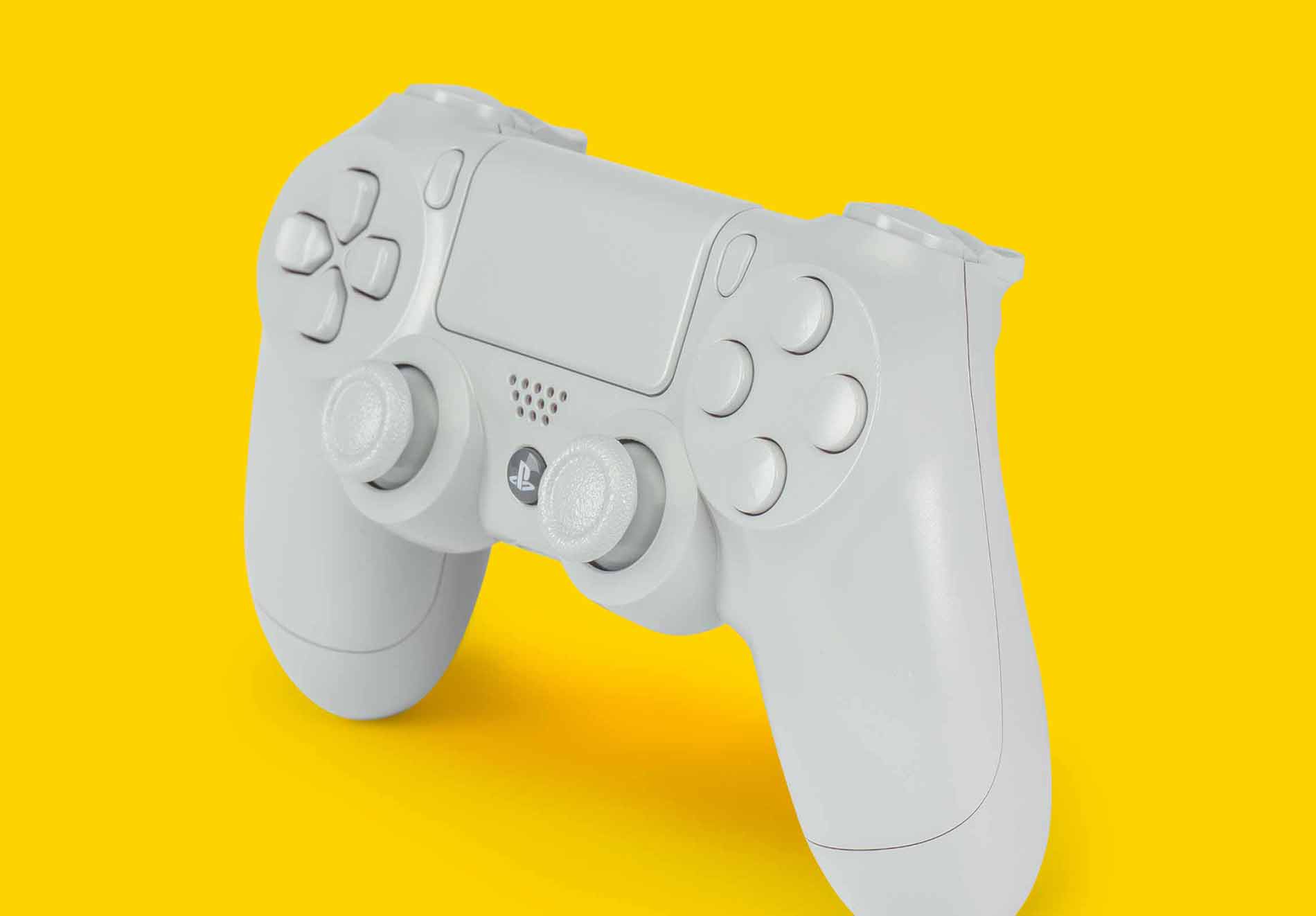
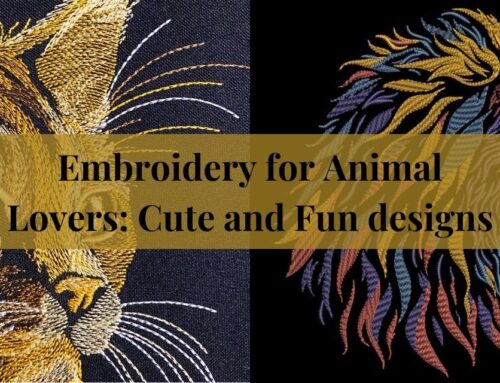
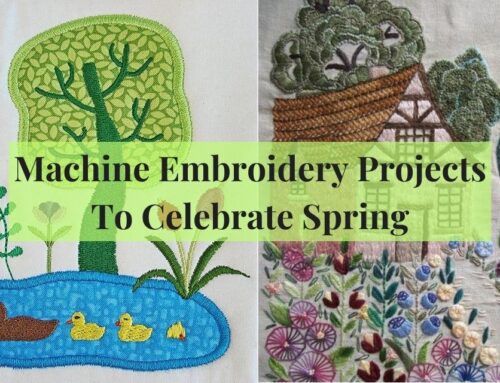
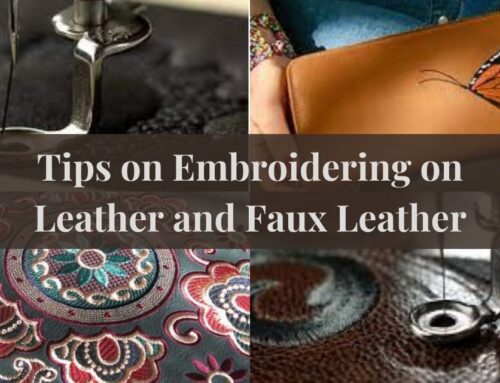
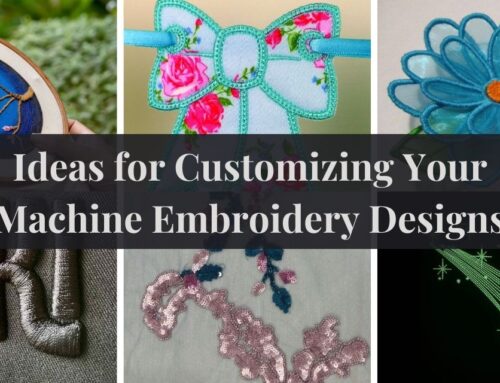
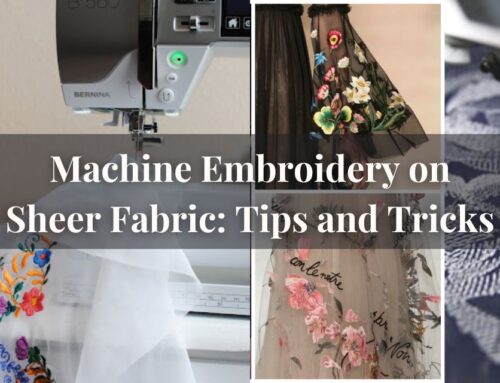
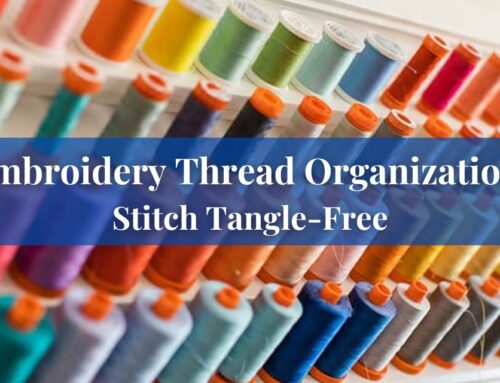
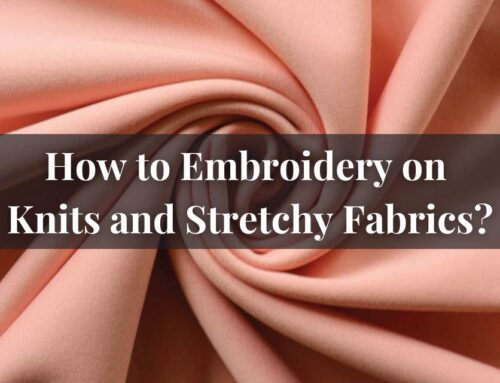
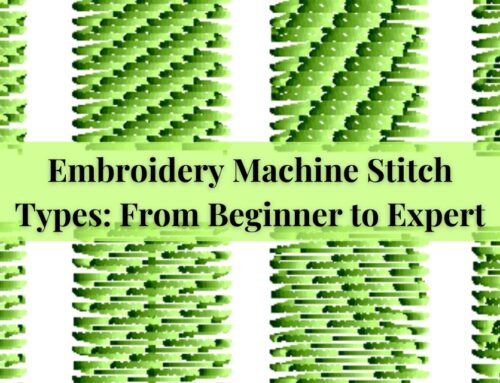
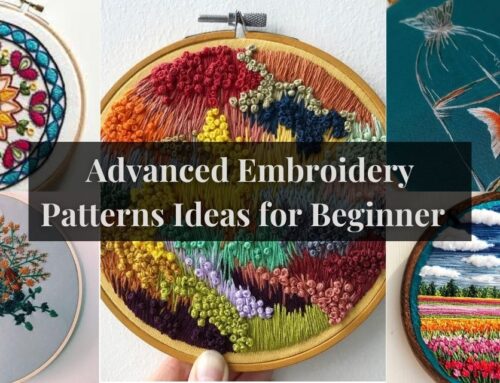
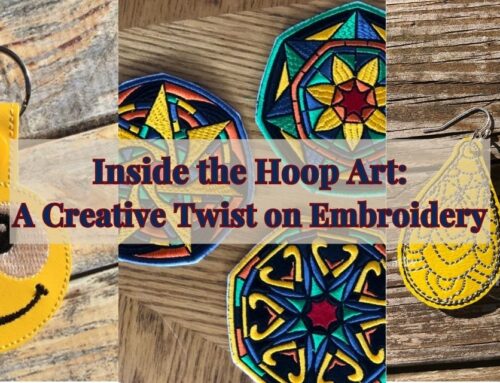
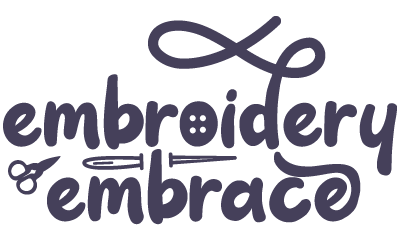
Leave A Comment